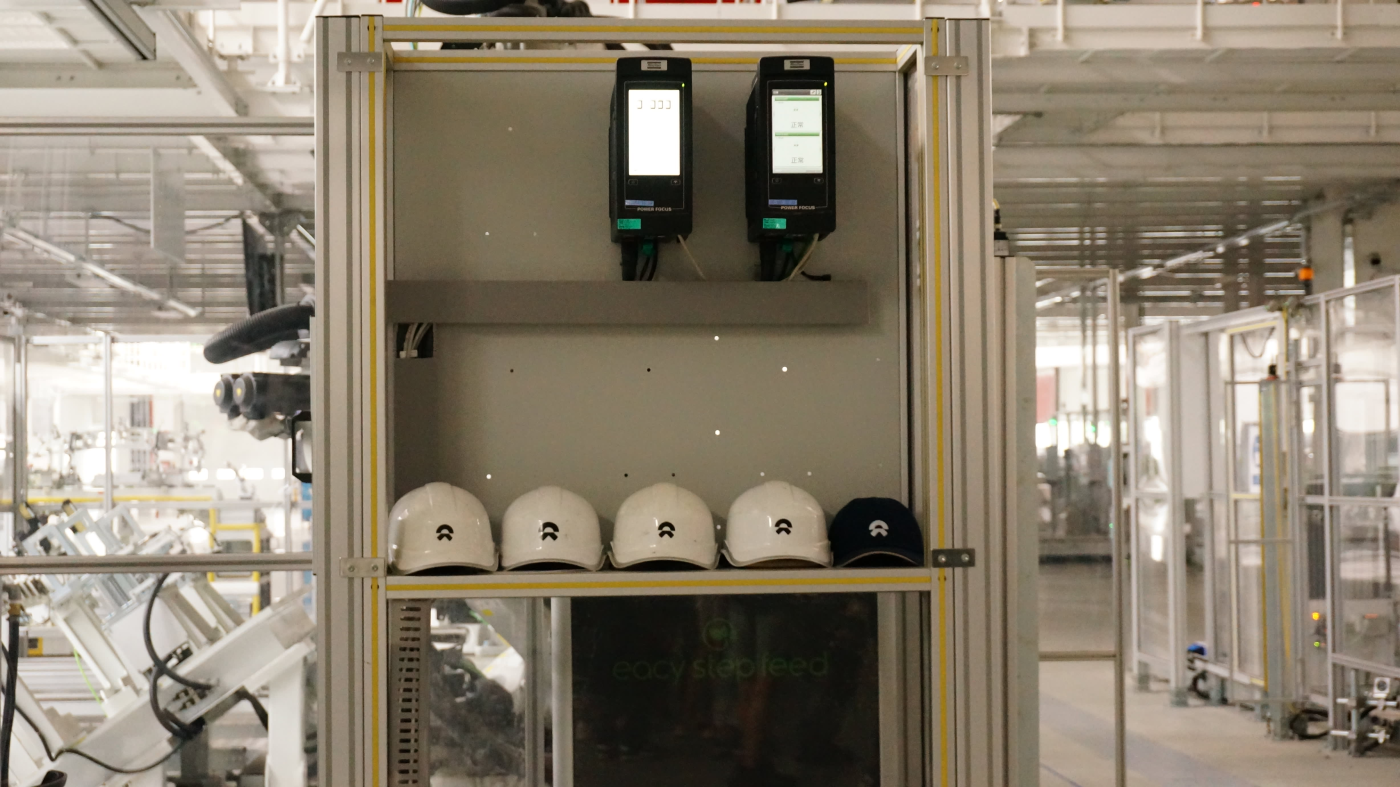US unemployment claims fell to 235 thousand in the week ending July 20 from 245 thousand in the previous reading, below estimates of 237 thousand.
It's an important gauge of the labor sector's health and tightness.
Official US data showed the GDP growth rate at an excellent 2.8% in the second quarter of the year, beating estimates of 2.0%, and up from 1.4% in the first quarter.
The dollar fell in European trade on Thursday against a basket of major rivals, moving in a negative zone for the second straight session amid full pricing for Federal Reserve rate cuts in September and November.
Now investors await crucial US GDP growth data later today to reassess the trajectory ahead for monetary policies.
The dollar is also pressured by the unwinding of the yen carry-trades, through which investors borrowed low-yield currencies such as yen, to buy high-yield currencies such as the dollar.
However, as the yen's prospects changed favorably and traders unwinded the carry trades, they bought massive amounts of yen and further boosted its standing.
Price
- The dollar index fell 0.3% to 104.08, with a session-high at 104.40.
- The index closed down 0.15% on Wednesday, the second loss in three days away from a two-week high at 104.56, under pressure from disappointing US industrial data.
Sudden Contraction
Earlier US data showed a sudden contraction in the manufacturing PMI from 51.6 in June to 49.5 in July, diving below the 50 barrier that separates growth from shrinkage.
US Rates
- Following the worrisome data, the odds of a Fed 0.25% rate cut in September rose to 100% according to the Fedwatch tool, and the odds of such a cut in November rose to 100% as well.
US Growth Data
Later today, crucial US GDP Growth data will be released, expected to show an expansion of 2.0% in the second quarter, up from 1.4% in the first.
US unemployment claims are also expected to have fallen to 237 thousand in the week ending July 20 from 243 thousand in the previous reading.
Yen’s Spike
A spike in yen’s value against an array of major rivals upended the markets, as investors scurried to unwind the carry trades ahead of Bank of Japan’s meeting next week.
Yen’s movements contributed to the chaos already in place due to the heavy selloff in tech shares, which in combination served to drag global markets downwards.
Investors are now rushing to reassess their long-term strategies and reduce risks amid the volatile conditions.
Gold prices fell in European trade on Thursday, plumbing two-week lows and giving up the psychological barrier of $2400, with prices upending expectations due to the yen’s surge.
Yen’s stunning gains sowed chaos in the financial markets, and forced a heavy selloff in many assets including gold and bitcoin as investors reassess their financial bets.
Most analysts expected gold prices to be stable, especially after weak US manufacturing data boosted the odds of Fed rate cuts in September and November.
Investors now await important US GDP data later today to gauge the likely path ahead for US policies.
Prices
Gold prices fell 1.3% today to $2365 an ounce, the lowest since July 10, with a session-high at $2401.
On Wednesday, gold prices lost 0.5%, resuming losses after a short hiatus, as the yen rallied.
Yen’s Rally
Yen spiked against major rivals on Thursday, hitting 2-⅕ month highs against the dollar, as investors unwind carry-trades, through which they heavily borrowed low-yield currencies such as yen to buy high-yield currencies such as the dollar.
As expectations shift and investors expect a Bank of Japan rate hike this year, investors have rapidly backed off their carry trades, and bought a lot of yen, in turn adding to the momentum.
Bullis Outlook
Gold remains with a positive outlook, with some analysts expecting a surge to $2500, especially as the Fed prepares to ease policies and cut rates.
Lower interest rates underpin non-yielding assets such as gold as they become attractive again to investors.
Sudden Contraction
Earlier US data showed the manufacturing PMI down to 49.5 in July, diving below the 50 barrier that separates growth from contraction, while analysts expected an increase to 51.7.
US Rates
Following the data, and according to the Fedwatch tool, the odds of Federal Reserve rate cuts in both September and November rose to 100%.
The SPDR
Gold holdings at the SPDR Gold Trust remained flat yesterday at 841.74 tonnes, the highest in a week.
Disclaimer: The copyright of this article belongs to the original author. Reposting this article is solely for the purpose of information dissemination and does not constitute any investment advice. If there is any infringement, please contact us immediately. We will make corrections or deletions as necessary. Thank you.







